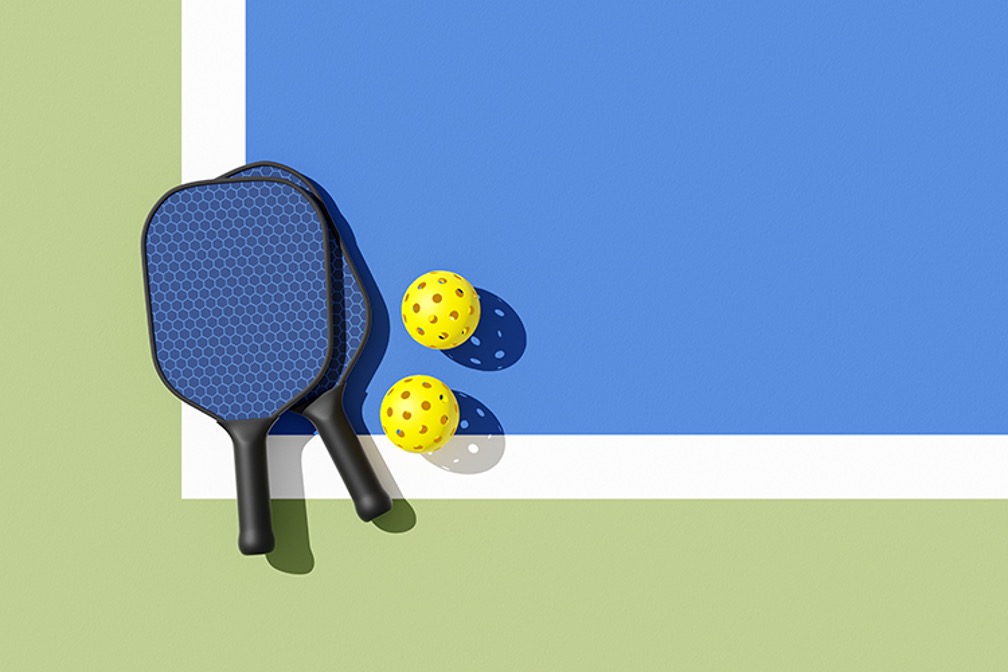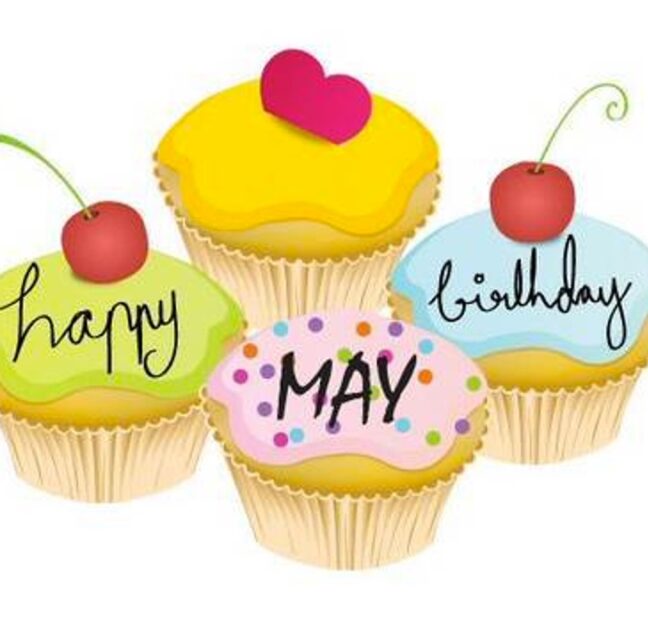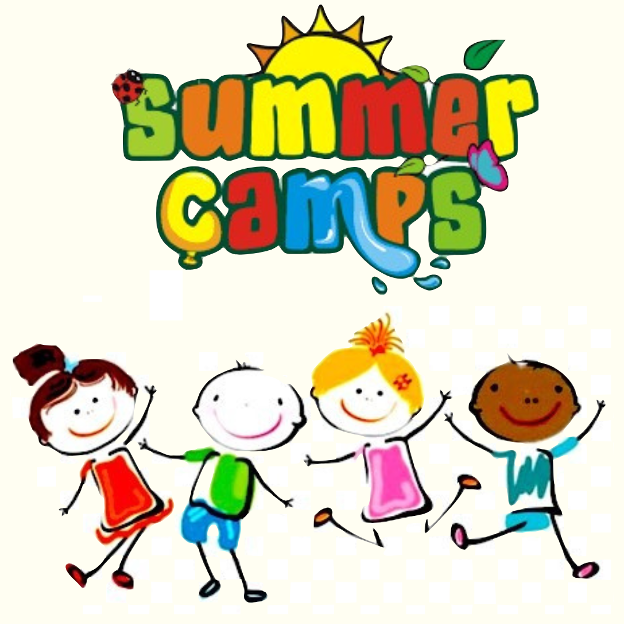
Pickleball is a growing sport that’s more than just a game; it’s a lifestyle!
Pickleball. It’s a sport, sure. But sometimes it almost seems like a religion, a culture, a way of life — a conversation starter, a community builder, even a civics lesson in good manners, good cheer, and a good attitude sporting an invisible but intentional “Welcome to All” sign.
Best of all, it’s for everybody.
“You can play it from 8 to 88,” notes Becky Haskin. With her husband, Brian Haskin, she took up the sport more than a decade ago while visiting Florida from their home in Michigan. The Haskins ended up buying property on the Southwest coast and maintaining a winter home here — all because of pickleball.
In a fairly short period of time, pickleball has become one of the most loved recreational activities by a wide group of people, who flock to the courts for a quick pickup game or to compete in tournaments like those in Boca Raton and Naples.
“It’s like that movie Ratatouille, where anyone can cook,” said Ivan Baron, tournament director of the World Pickleball Open. “Anyone can play pickleball, male or female, young or old. It’s very inexpensive — get a paddle, find a court, and have some fun.”
However, it’s not as inexpensive as it used to be. Now paddles can cost over $250, and enthusiasts say there are more than 1,000 on the market. But take heart, as you can still buy a starter kit with two paddles for under $60 on Amazon.
The Association of Pickleball Professionals — this does not include most pickleball players, who aren’t in it for the money and therefore carry the proud designation of “amateur” — says that more than 48 million Americans, or just over 19% of the population, played pickleball in 2023. Other analysts report a lower figure, but no one disputes the rapidly growing interest in the sport.
While most players are amateurs, that doesn’t mean the sport isn’t now worth a lot of money in local economies, especially in Florida, the state with the most pickleball locations.
There are still too few, but they’re increasing rapidly, with more than 16,200 locations in the United States, with many or most offering multiple courts. In Florida alone, there are 1,228 locations, perfect for a pickleball economy and culture.
“Pickleball is more than just a game — it’s a gateway to vibrant communities, wellness experiences, local culture, and beautiful destinations that can offer year-round play,” said Milton Segarra, president and CEO of Discover the Palm Beaches. “The pace at which pickleball has emerged in the Palm Beaches is very encouraging in terms of growing our sports tourism. With public and private courts expanding throughout the county, hotels and resorts adding or creating courts, as well as newly founded pickleball leagues and tournaments, this popular sport will certainly drive room nights and visitor spending at our local businesses.”
Some features of this sport, which looks to an outsider like people chasing wiffle balls with oversized ping-pong paddles, include its simple rules (it takes about five minutes to learn them). Its function on courts is much smaller than that required for tennis, bringing players into easy conversational range if they choose.
An industry blog, pickleheads.com, says that the 25- to 34-year-old age group is the most common on pickleball courts, with the 65 and over age group a close second.
Statistics are one thing, but the voices of people who love the sport and find ways to make it valuable in their lives are another — and perhaps more revealing.
“If anybody had ever told me how pickleball would change the direction of our lives, I wouldn’t have believed them,” Becky Haskin explained.
“We started playing about 11 years ago (on a visit to the Sunshine State), and now we winter in Florida. Without pickleball, I don’t think we ever would have purchased property here. We’re not beachgoers, but this is something we can have some fun with. We are beyond addicted, and that started from day one. We play every day here.”






